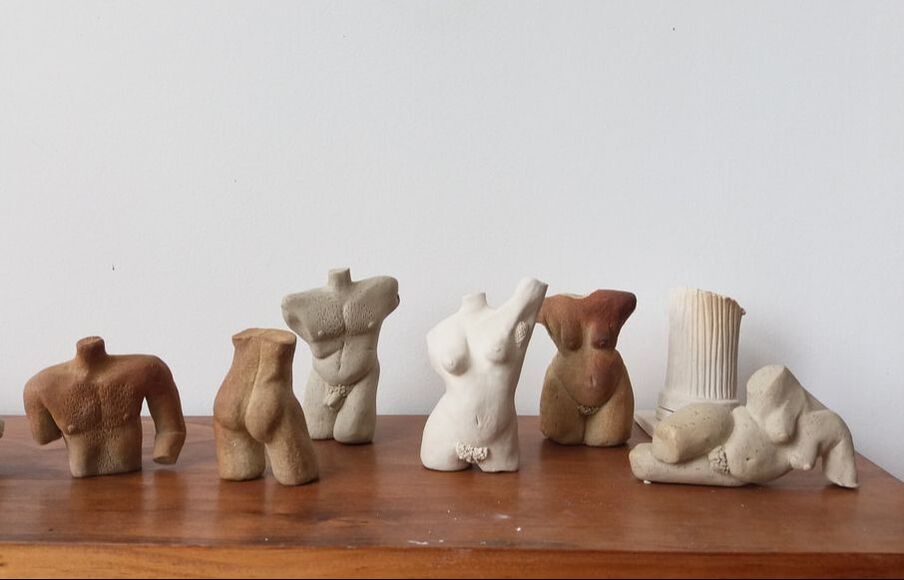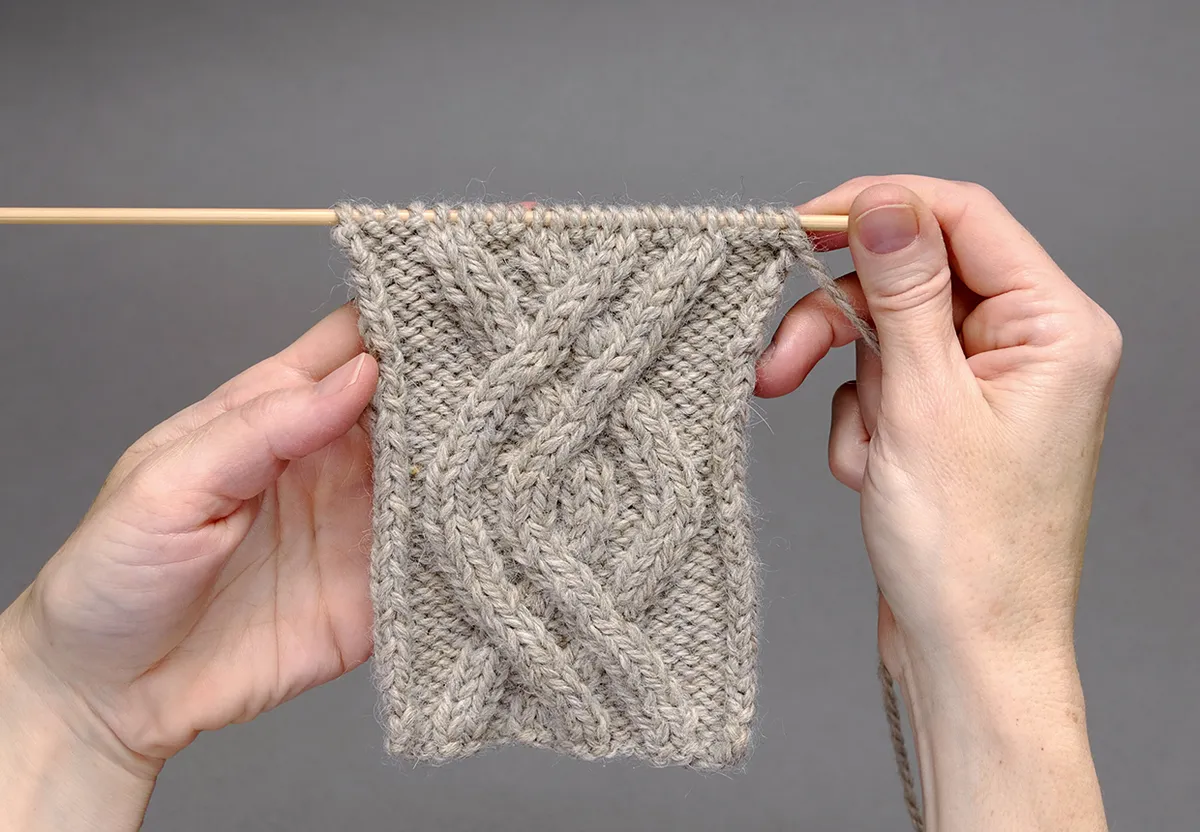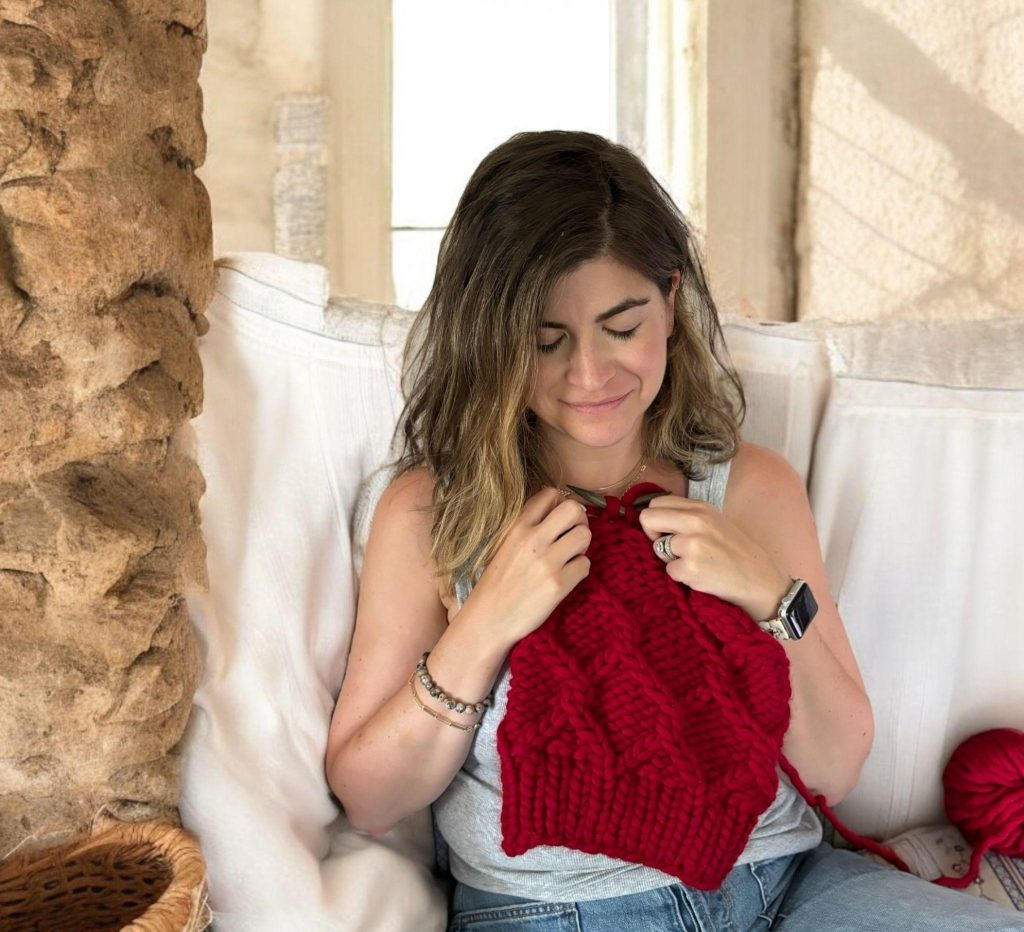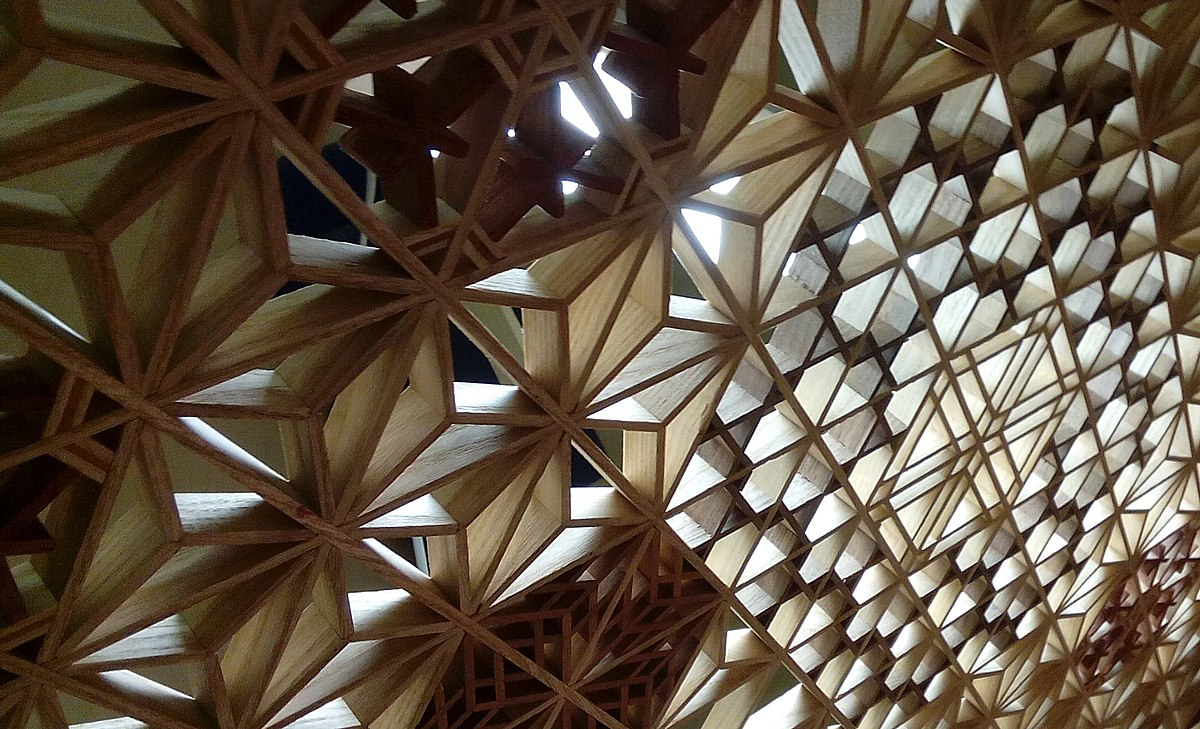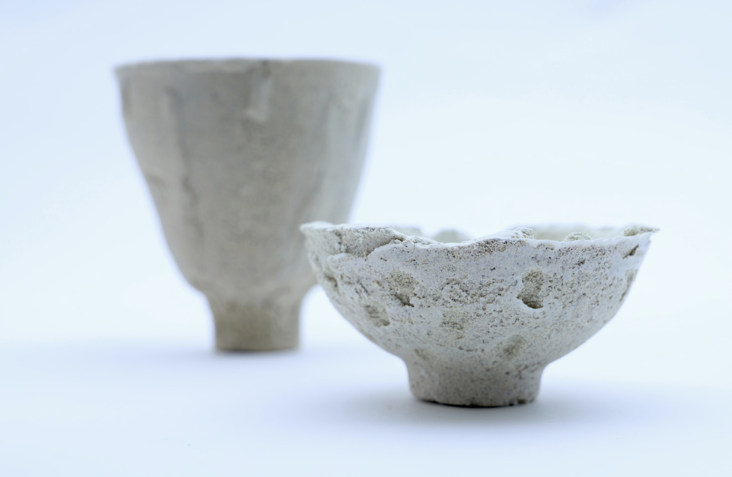Behind every beautiful ceramic piece lies a carefully chosen clay body—a tailored blend of materials that determines everything from texture and strength to color and firing temperature. Whether you’re creating delicate porcelain teacups or rugged stoneware mugs, understanding the properties of earthenware, stoneware, and porcelain is essential to both the function and artistry of your work. Each type responds differently to wheel-throwing, glazing, and kiln firing, making the clay body one of the most important decisions in the ceramic process.
According to master potters and materials scientists—who exemplify E-E-A-T (Experience, Expertise, Authoritativeness, Trustworthiness)—selecting a clay body isn’t just about preference; it’s a science. These experts highlight factors such as plasticity, grog content, shrinkage rates, and vitrification points. For instance, stoneware’s durability makes it ideal for functional wares, while porcelain’s smooth, white finish is prized for fine, detailed work. Trustworthy resources like studio-tested recipes and expert-led courses help guide ceramicists in making informed choices.
As the world of ceramics evolves with new firing technologies and artistic trends, mastering the fundamentals of clay composition ensures your pieces are both expressive and structurally sound. For beginners and seasoned artists alike, knowledge of clay bodies transforms pottery from guesswork into grounded, intentional craftsmanship.

